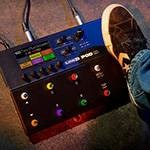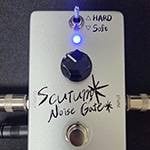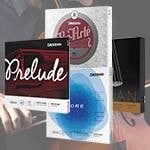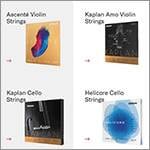For those of you reading this blog, this image may now be familiar; yes, it's the score for the strings part of "Yesterday," handwritten by George Martin.
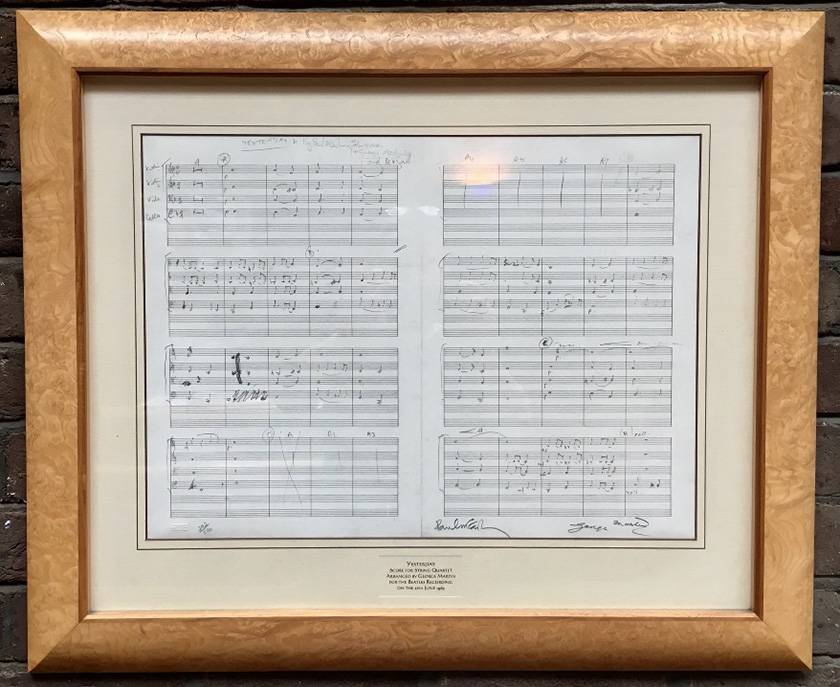
Yesterday [The score for a string quartet arranged by George Martin for The Beatles' recording on June 17, 1965]
From this image, I've managed to transcribe the music into notation software and play the sound using a MIDI file by the third installment. In today's world, once you have the MIDI file, you should be able to create something of considerable quality using a DAW, high-quality sound libraries, and various plugins within a computer. There are likely numerous versions of "Yesterday" around the world, with some having fully recreated the strings part.
I'm digressing here, but the Beatles' last new song, "Now and Then," was also completed using AI and the latest recording and editing technologies. Yet, the strings part was newly recorded, and the arrangement is very much in the Beatles' style. If one hadn't heard beforehand that John Lennon's voice was extracted using AI, they might think it was from a multi-track master tape due to its quality, truly remarkable for our times. In a few years, even smartphone apps might incorporate this technology.
While we certainly can't match the original, we've started an experiment to play the strings part of "Yesterday" by ourselves, using actual instruments and reading the music, without any sequencers or sound libraries. Have you ever considered this option before?
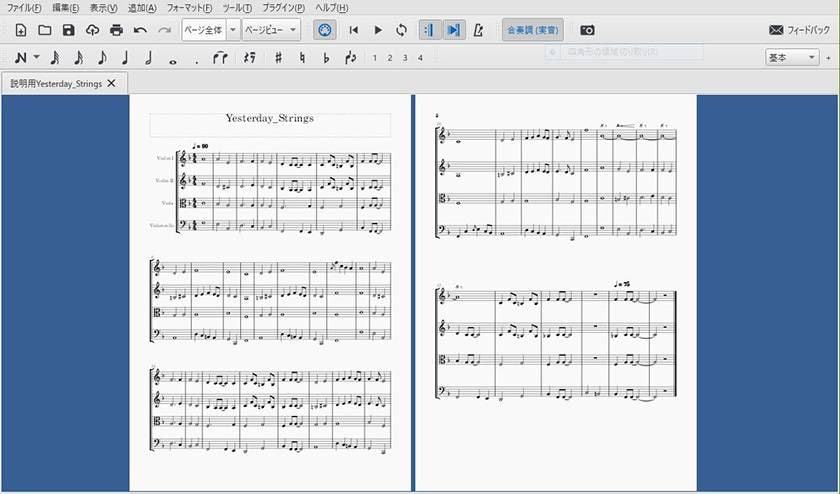
* Playback may be affected by the environment of each device.
Looking at the sheet music images and listening to the sound can be surprisingly enjoyable. But after a few listens, it might be time to really read the music. But can you read it?
The alto clef, commonly used as a C clef, positions the middle line of the staff as the note 'C'.
The C clef
The C clef, which is not commonly used, indicates the position of the middle C (C note) but can be placed on various lines of the staff. Currently, two types are used: the alto clef and the tenor clef.
The alto clef indicates that the note on the third line is middle C, and is used for the viola and occasionally for the upper range of the trombone. The tenor clef indicates that the note on the fourth line is middle C, and is used for the upper ranges of instruments like the cello, bassoon, and trombone.

The bass clef indicates that the fourth line is the note "F," so the position of the note "C" is as shown in the image description.

If you memorize this, you should be able to check the intervals in the score. Now, let's look at the beginning of the "Yesterday" score. I apologize for the poor image quality as it was trimmed from the original picture.

Looking at this, we can see that the first measure consists of whole notes, with the 1st violin playing "A", the 2nd violin "F", the viola "C", and the cello "F".
This corresponds to the notes F, A, C on a guitar, which simply make up an F major chord.
In the second measure, the first half-notes are played as follows: the 1st violin plays "A", the 2nd violin "D", the viola "B♭", and the cello "E". This arrangement is slightly different from the traditional Em7 chord progression associated with "Yesterday", as the B♭ in the viola contributes to a diminished-sounding effect. While we could delve into music theory and fractional chord notation here, I don’t think it’s particularly useful, so let's just say these are the notes being played. However, the inclusion of the B♭ does give it an unusual feel.
The second note has the 1st violin playing "E," the 2nd violin "C#," the viola "G," and the cello "A." This aligns with the chord progression of A7.
It seems possible to read the music by following this order, even for just two measures. However, there's an intriguing sound at the beginning of the second measure. The viola's D♭, a note not included in the Em7 chord, might be creating the unique depth in the opening of "Yesterday." In music theory, this would be the ♭5th of the Em7, which perhaps achieves that particular resonance when played by a string quartet.
When "Yesterday" is discussed, you often hear, "This song is played with the guitar tuned down one note, using a fingering known as the 'Beatles G,' adding a D note on the second string, third fret." Then, the person who sings it closes their eyes, juts out their chin, and contentedly sings, "Yesterday." As I began exploring the string parts, starting with the first two measures, all the revered teachings I had learned up to now seemed to dissipate, leaving only the beauty of the original recording's resonance in my mind. It seems this exploration is well worth continuing.
Now that we've reached this point, it's time to start getting ready by picking up your instruments. You will indeed need instruments from now on! As usual, to complete the content of this blog, you will need a violin, viola, and cello. It's a quartet, but since you'll be doing multitrack recording, one violin will suffice.
For example, purchasing the PLAYTECH / PVN244SET (violin), PVA255 (viola), and PVC244 (cello) all at once would cost just over 70,000 yen. The PVN244 violin set itself is in the 10,000 yen range. The PVN244 violin set is priced in the ten-thousand yen range. You will receive a much more reliable instrument than buying one for 5,000 yen from other online shops. I won't steer you wrong; please go with this one.
The fifth installment is "Playing the Strings Part of Yesterday. Where do you press?" You will need an instrument. Please buy one now!! If possible, let's get a quartet together.





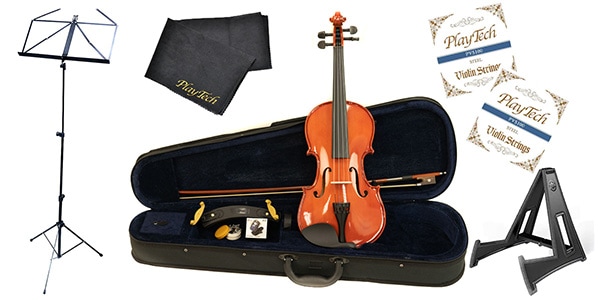
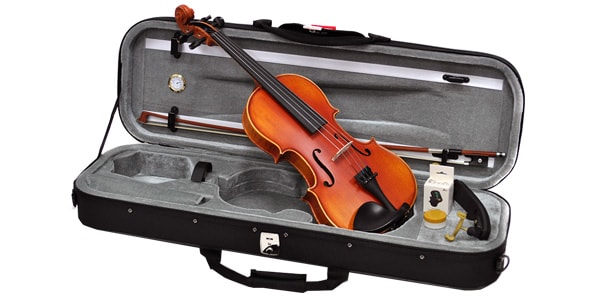
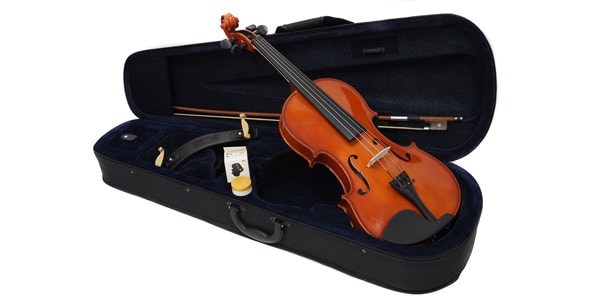
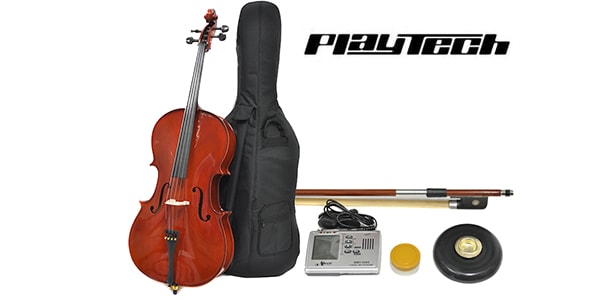

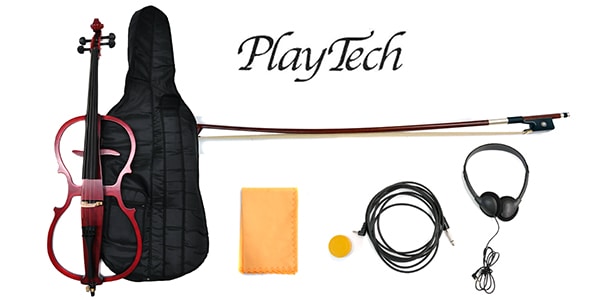

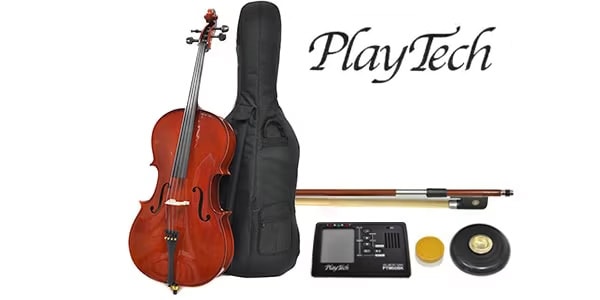
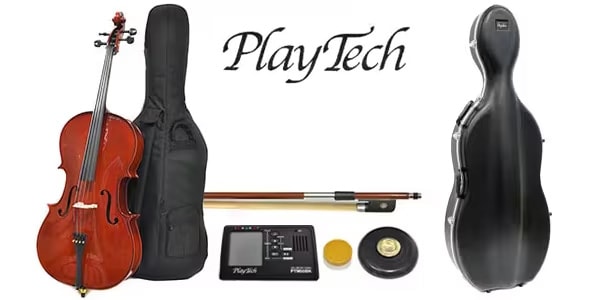
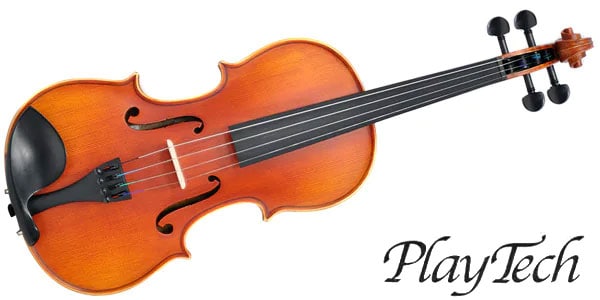
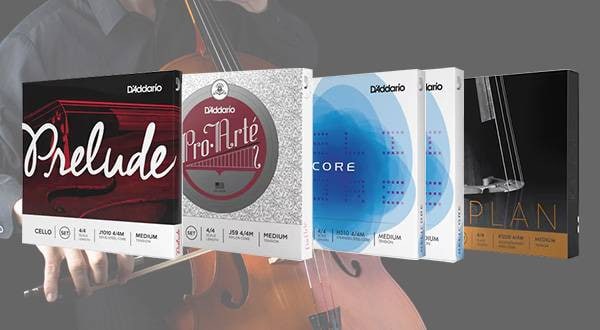
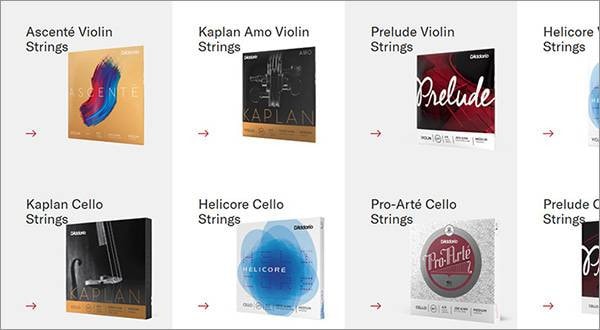
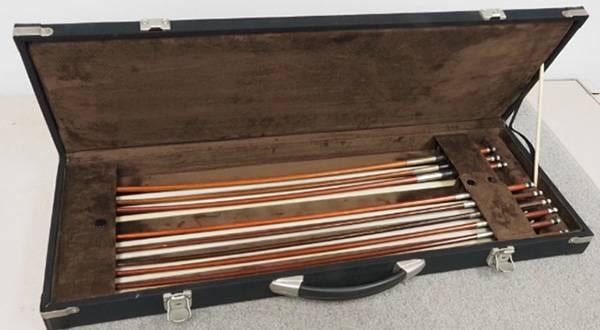
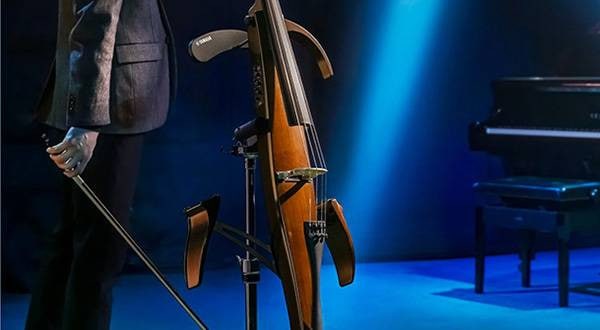
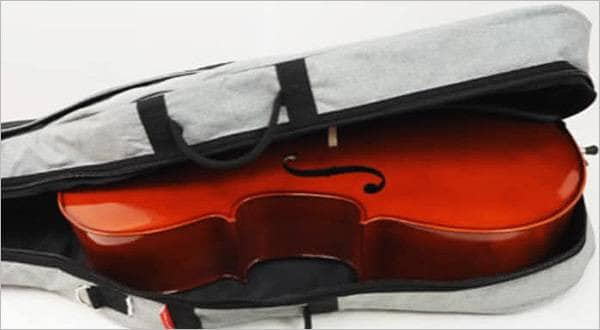
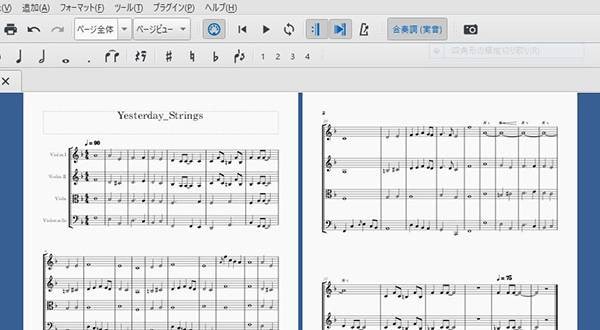
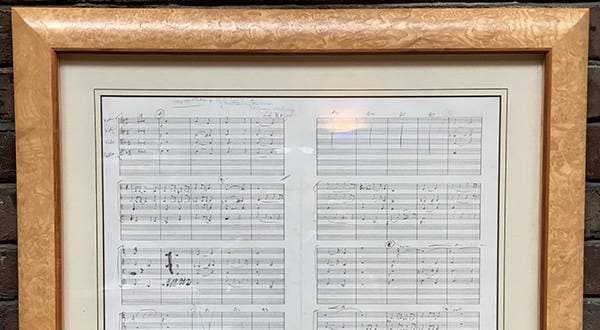
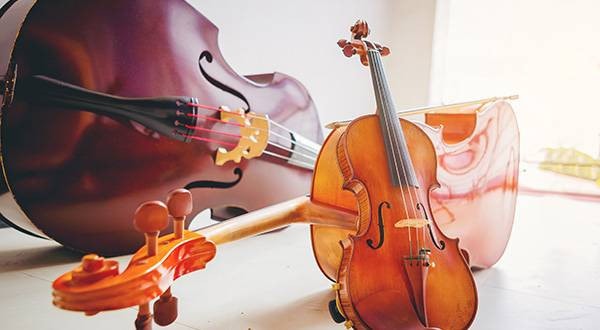


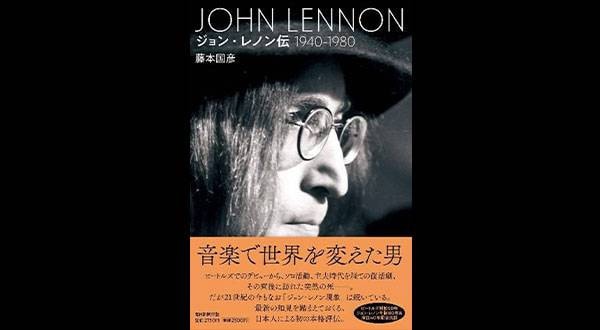
 チェロの各部名称と置き方
チェロの各部名称と置き方
 バイオリンの弓の持ち方
バイオリンの弓の持ち方
 バイオリンの構え方
バイオリンの構え方
 バイオリン 弓の各部名称と松脂
バイオリン 弓の各部名称と松脂
 バイオリンの調弦 チューニング
バイオリンの調弦 チューニング
